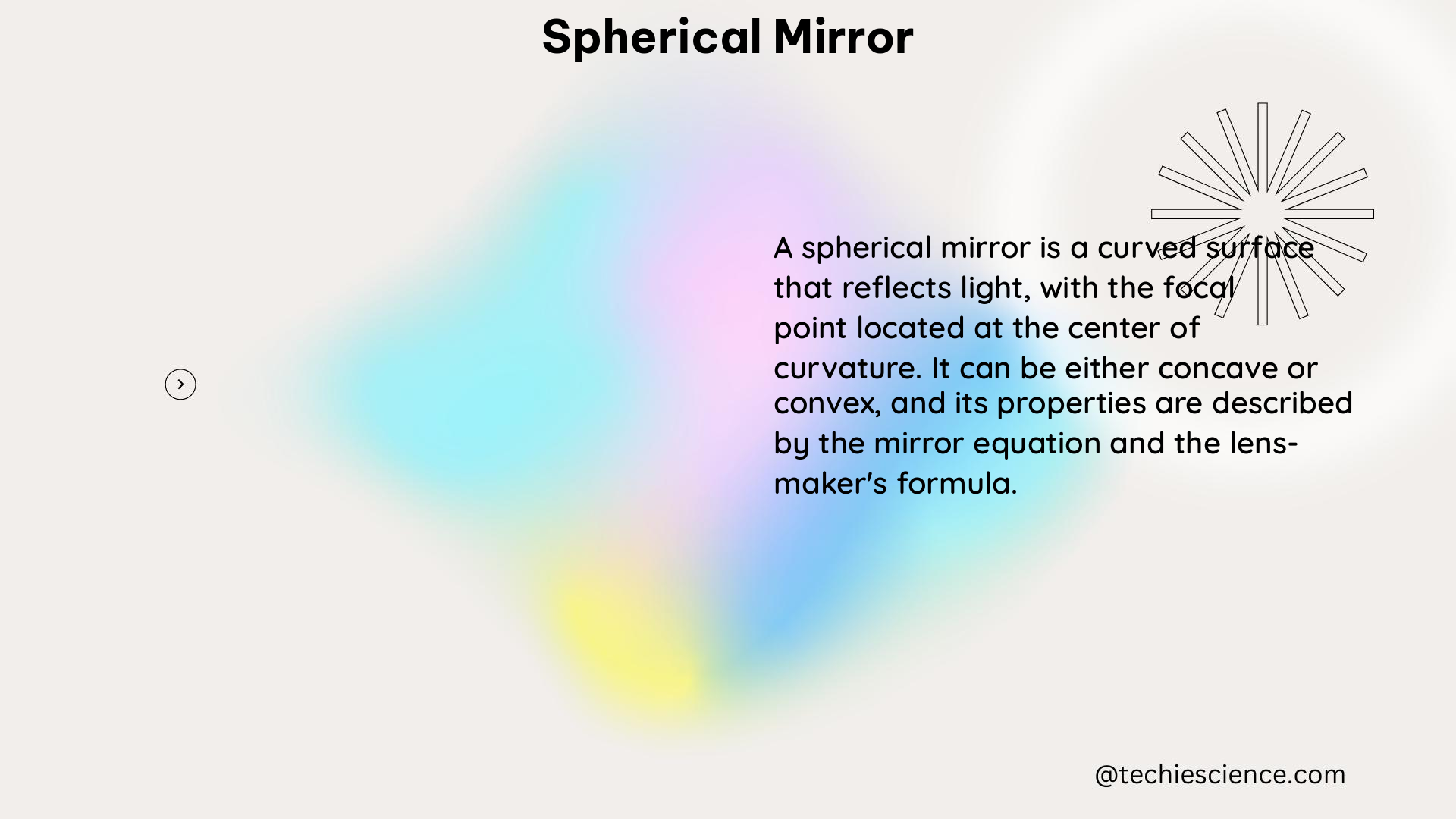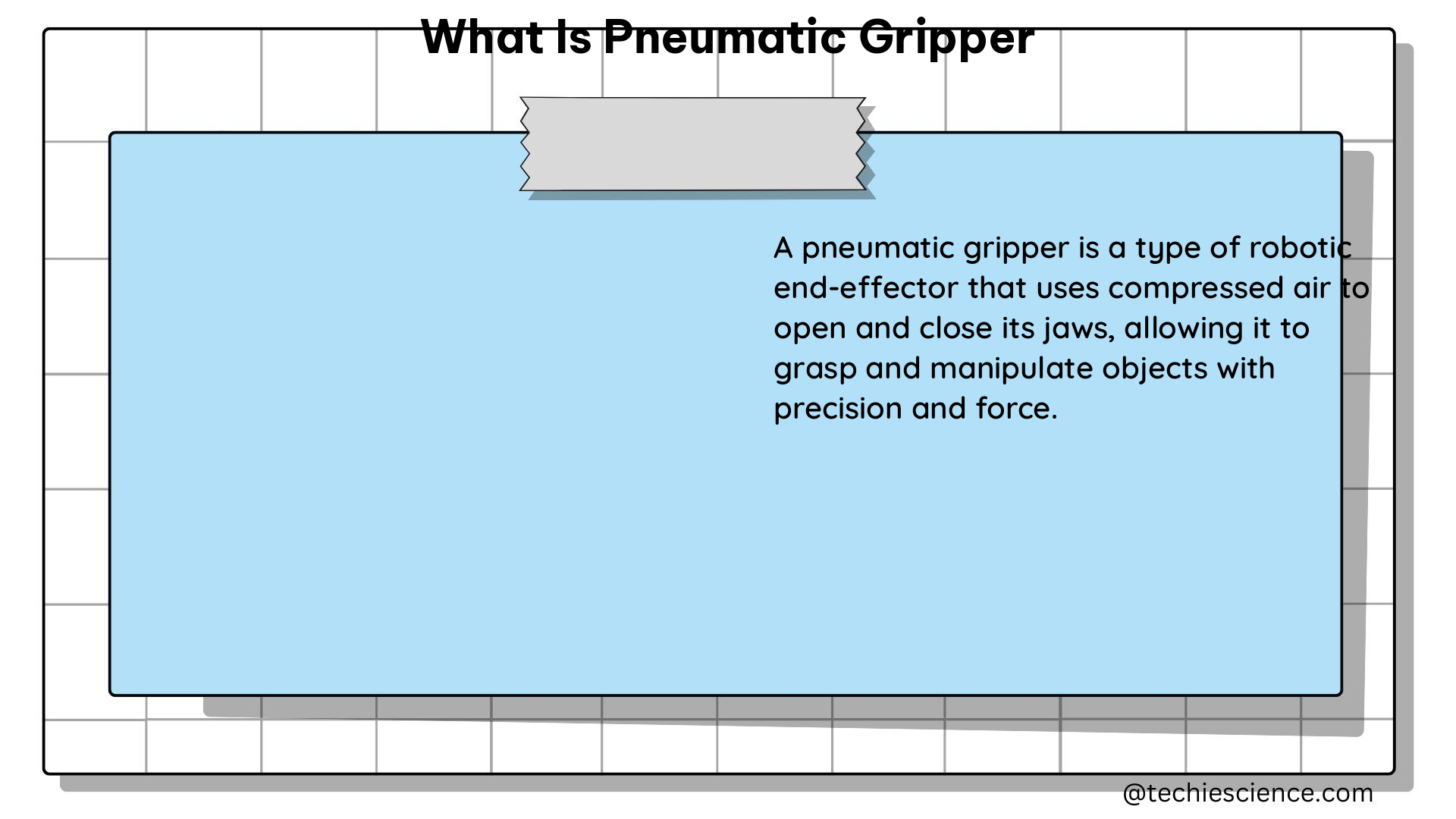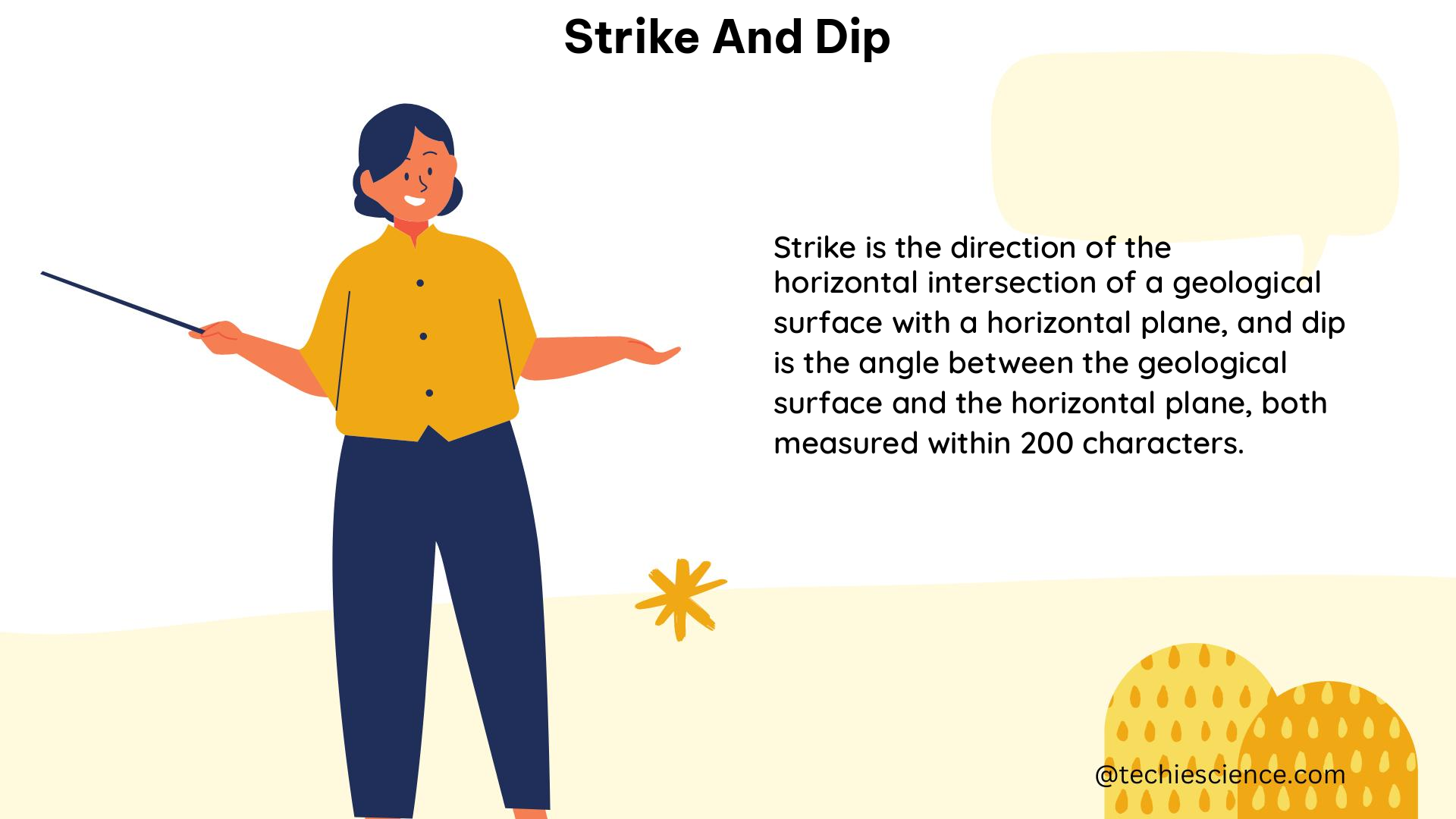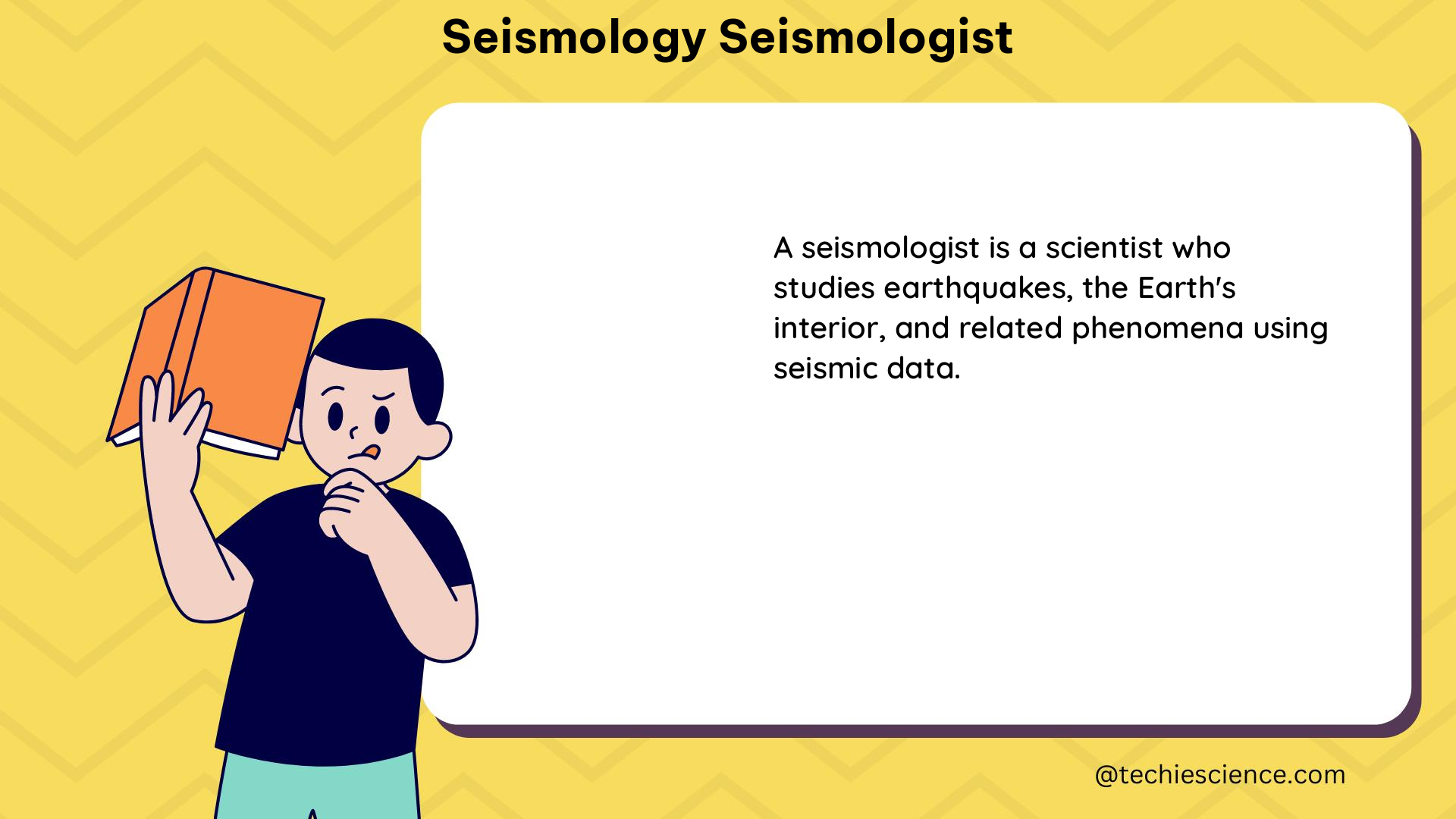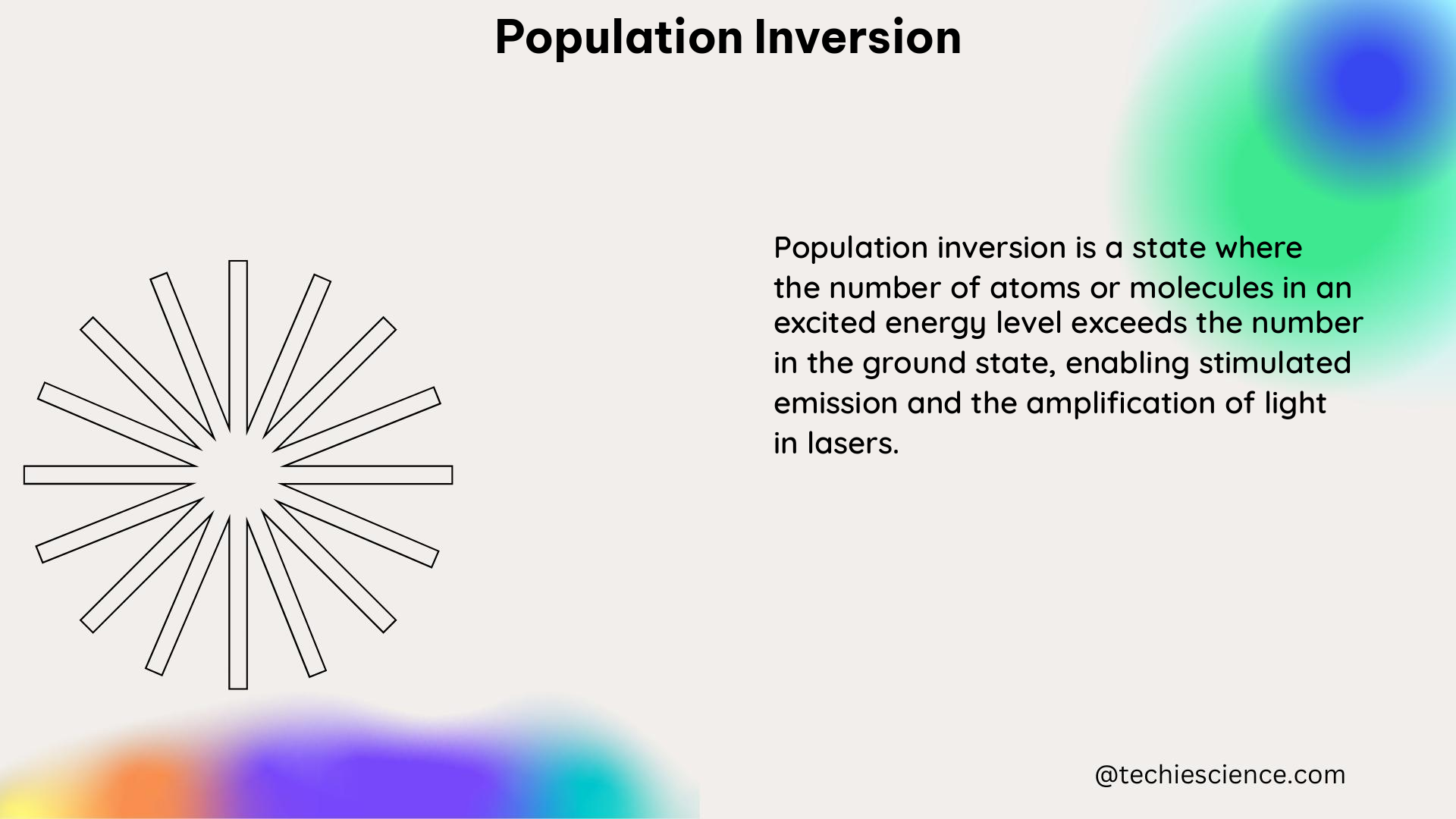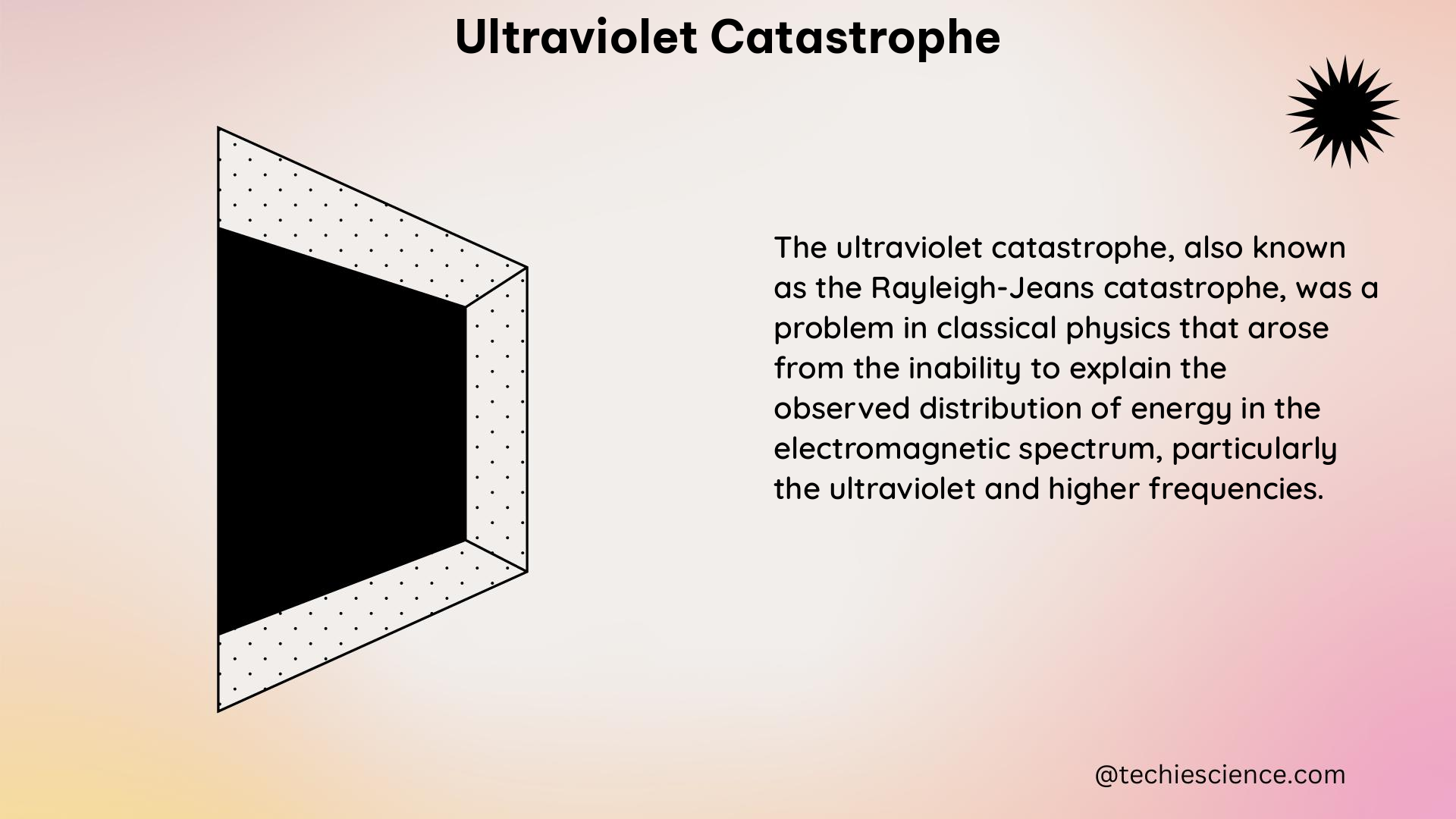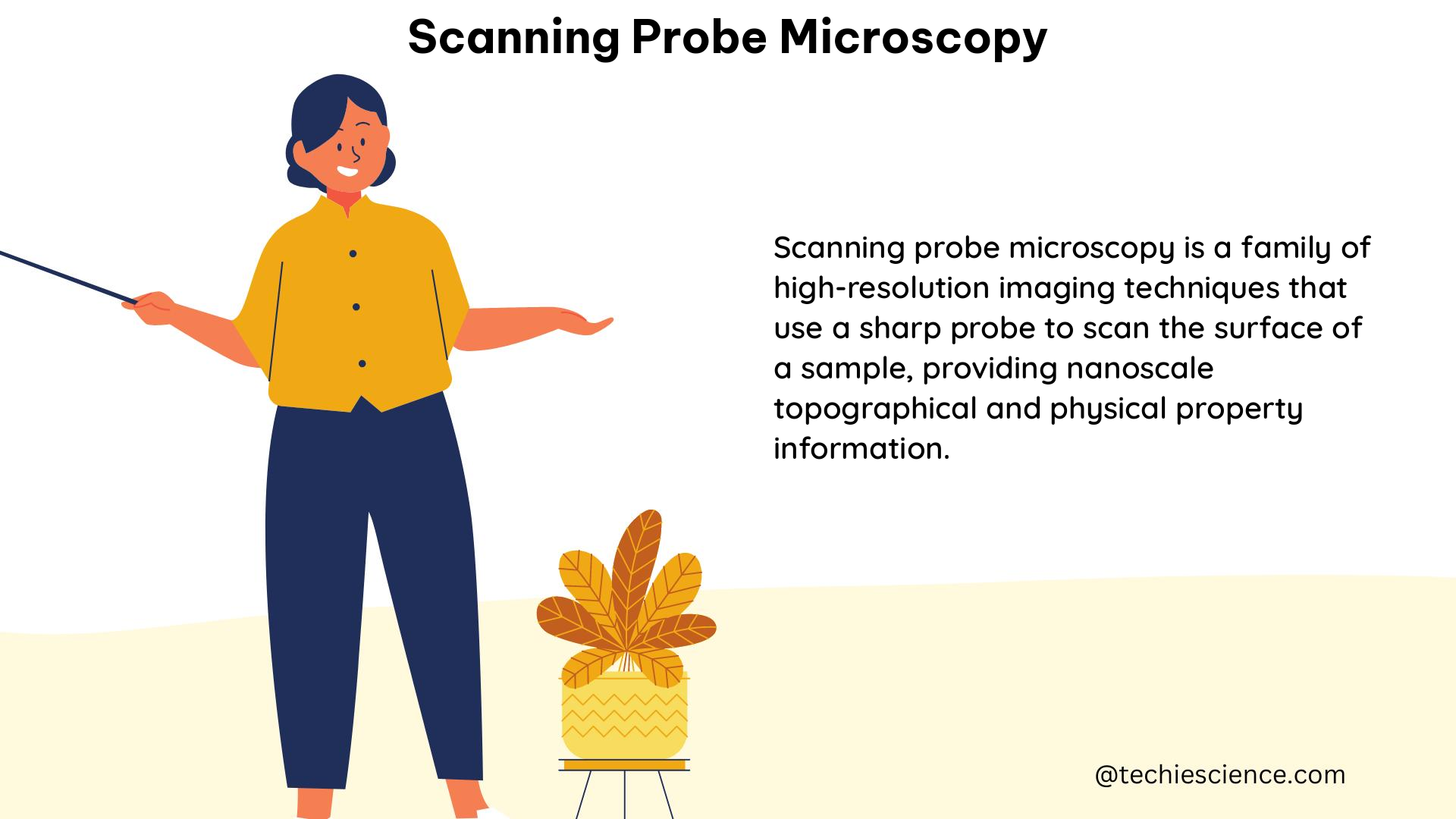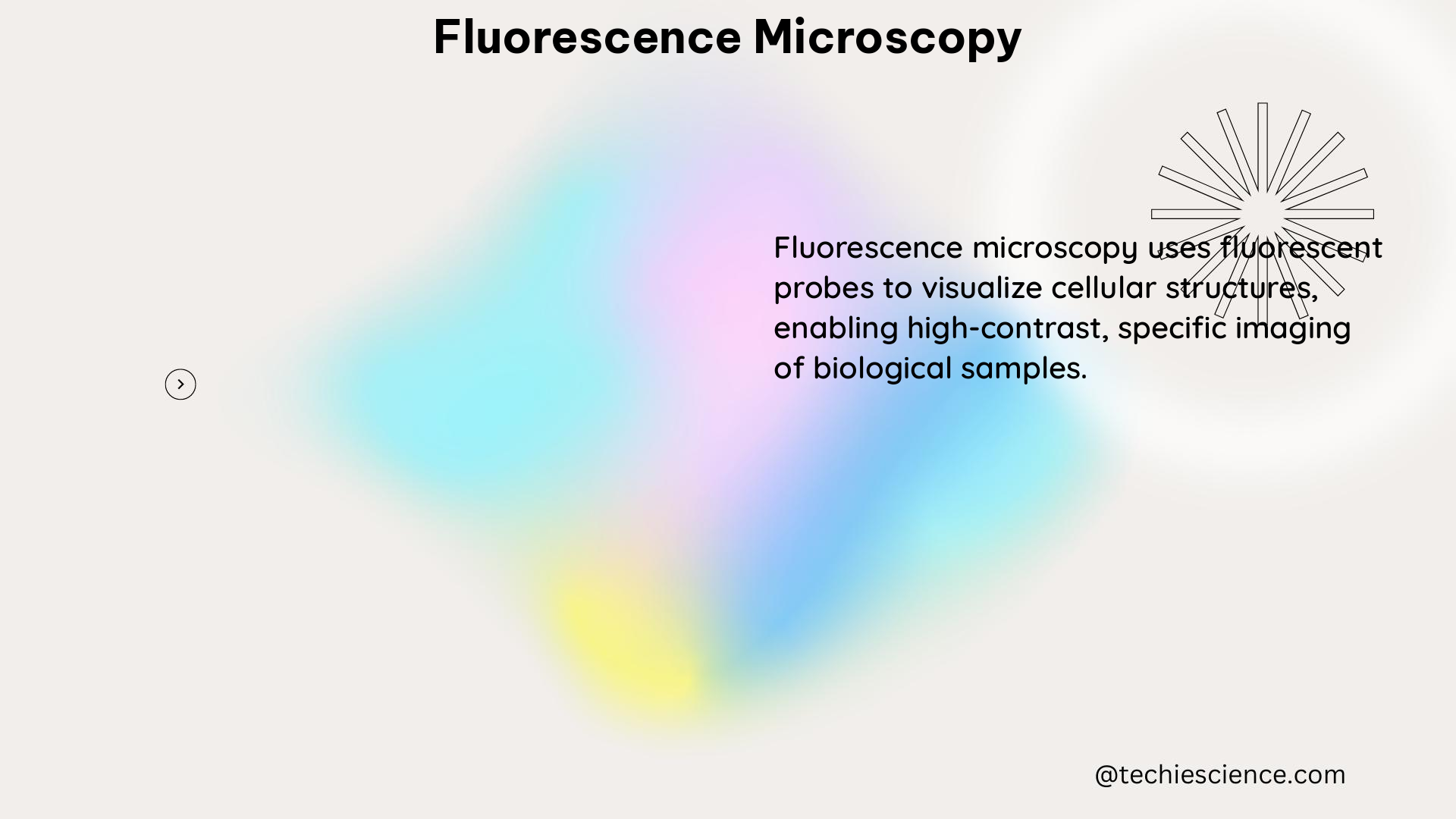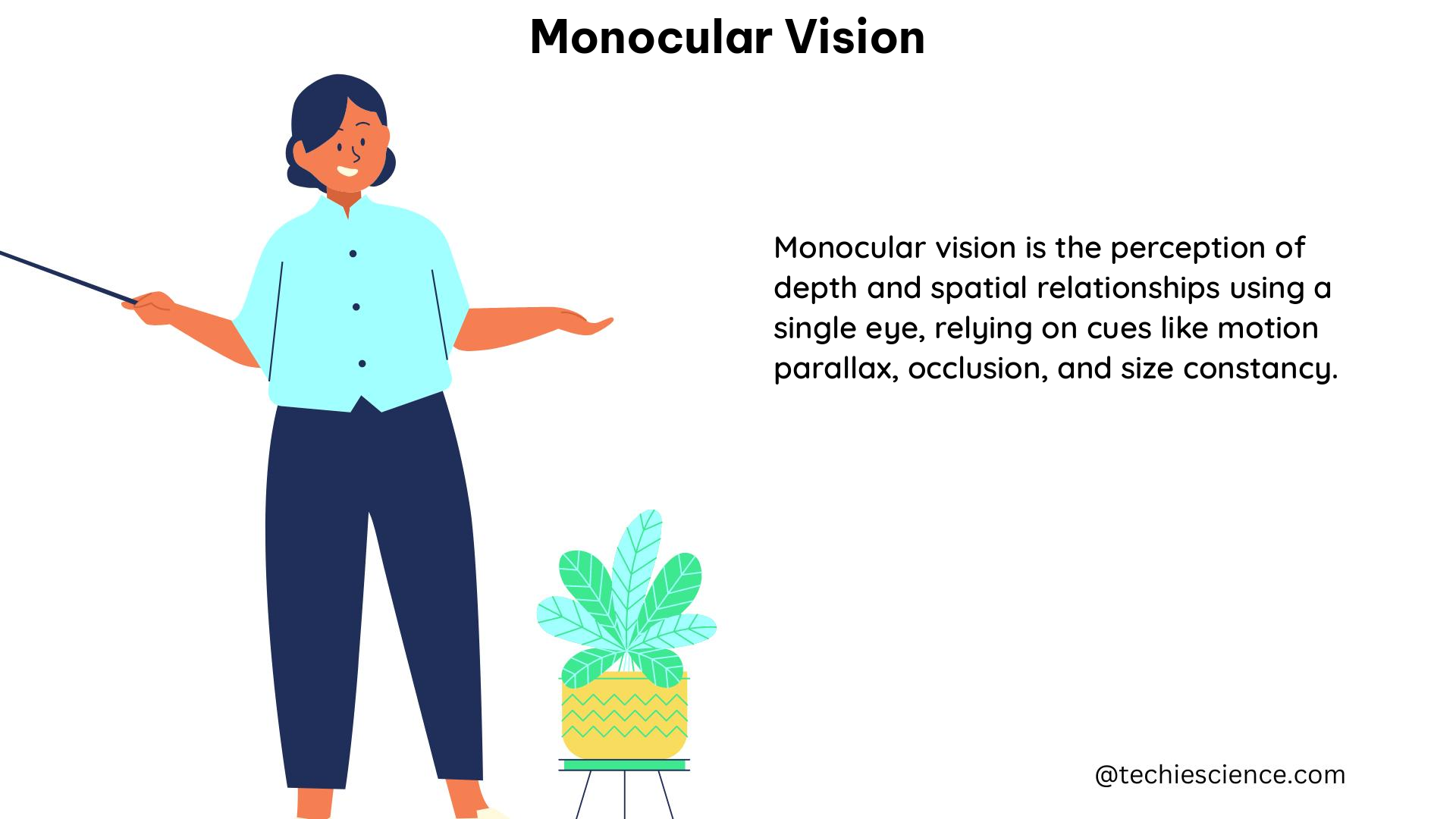Summary
Shadows are a ubiquitous phenomenon in our daily lives, yet their formation is a complex and fascinating process governed by the principles of optics and geometry. This comprehensive guide delves into the intricate details of how shadows are formed, exploring the various factors that influence their size, shape, and depth. From the position and intensity of the light source to the properties of the object casting the shadow, this article provides a thorough understanding of the science behind this captivating natural occurrence.
The Fundamentals of Shadow Formation
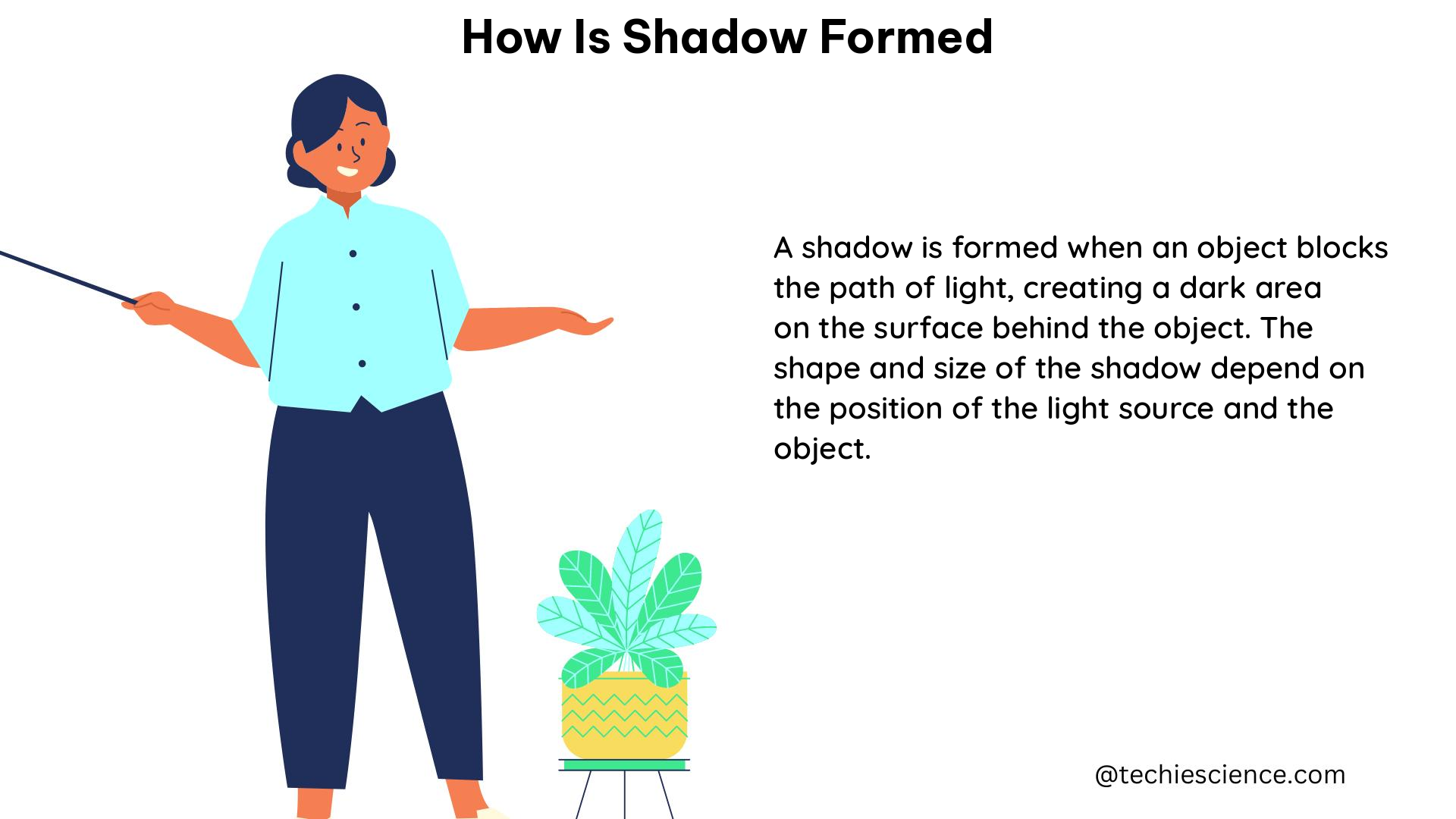
At its core, the formation of a shadow is a result of the interaction between light and an opaque object. When light encounters an object, it can either be absorbed, reflected, or transmitted through the object. Opaque objects, such as solid materials like wood or metal, block the passage of light, creating a region of darkness behind the object known as a shadow.
The size, shape, and intensity of a shadow are determined by several key factors:
- Light Source Position and Intensity:
- The position of the light source relative to the object plays a crucial role in shadow formation.
- A light source positioned directly above the object will create a shorter, more compact shadow, while a light source at an angle will produce a longer, more elongated shadow.
-
The intensity of the light source also affects the sharpness and contrast of the shadow. Bright light sources, such as the sun or a powerful flashlight, create well-defined, high-contrast shadows, while dim light sources produce softer, more diffuse shadows.
-
Object Size and Shape:
- The size and shape of the object casting the shadow directly influence the size and shape of the resulting shadow.
- Larger objects generally cast larger shadows, while smaller objects cast smaller shadows.
-
The shape of the object is mirrored in the shape of the shadow, with circular objects casting circular shadows and rectangular objects casting rectangular shadows.
-
Distance between Object and Light Source:
- The distance between the object and the light source is a crucial factor in determining the size of the shadow.
- As the distance between the object and the light source increases, the shadow becomes larger, following the inverse square law of light intensity.
-
Conversely, as the distance decreases, the shadow becomes smaller.
-
Object Opacity and Transparency:
- The ability of an object to block or transmit light is directly related to its opacity or transparency.
- Opaque objects, such as solid materials, completely block the passage of light, resulting in the formation of a distinct shadow.
- Transparent objects, like glass, allow light to pass through unhindered, and therefore do not cast shadows.
- Translucent objects, such as frosted glass, partially block and scatter the light, creating a more diffuse, less defined shadow.
The Physics of Shadow Formation
The formation of shadows can be explained using the principles of geometric optics and the wave nature of light. When light encounters an object, it interacts with the object’s surface, and the resulting shadow is determined by the path of the light rays.
Geometric Optics and Shadow Formation
In geometric optics, light is treated as a collection of rays that travel in straight lines. When an object blocks the path of these light rays, it casts a shadow on the surface behind it. The size and shape of the shadow are determined by the geometry of the light rays and the object.
The mathematical relationship between the size of the object, the distance from the light source, and the size of the shadow can be expressed using the following equation:
s = (d/D) * h
Where:
– s is the size of the shadow
– d is the distance between the object and the surface where the shadow is cast
– D is the distance between the light source and the object
– h is the height of the object
This equation demonstrates the inverse relationship between the size of the shadow and the distance between the object and the light source, as well as the direct relationship between the size of the shadow and the height of the object.
Wave Nature of Light and Shadow Formation
While geometric optics provides a useful model for understanding shadow formation, the wave nature of light also plays a role in the phenomenon. When light encounters an object, the light waves can undergo diffraction, which is the bending of waves around the edges of the object.
Diffraction can lead to the formation of a penumbra, which is a region of partial shadow around the edge of the shadow. The size and intensity of the penumbra depend on the wavelength of the light and the size of the object.
Shorter wavelengths, such as blue light, tend to exhibit more pronounced diffraction effects, resulting in a larger penumbra compared to longer wavelengths, such as red light. This phenomenon can be observed in the colored fringes sometimes seen around the edges of shadows.
Practical Applications and Investigations
The understanding of shadow formation has numerous practical applications, ranging from everyday observations to scientific investigations.
Measuring Object Heights using Shadows
One practical application of shadow formation is the ability to determine the height of an object based on the length of its shadow. This can be achieved using the geometric optics equation mentioned earlier, which relates the size of the shadow, the distance between the object and the surface, and the distance between the object and the light source.
By measuring the length of the shadow and the distances involved, it is possible to calculate the height of the object using the following formula:
h = (s * D) / d
This technique is commonly used in various fields, such as surveying, architecture, and astronomy, to estimate the heights of objects or structures.
Investigating Shadow Formation through Experiments
To better understand the science of shadow formation, students can conduct various experiments and investigations. Some examples of such activities include:
- Measuring the Relationship between Light Source Distance and Shadow Size:
- Set up a light source and an opaque object at a fixed distance.
- Measure the size of the shadow cast by the object at different distances from the light source.
-
Plot the data and observe the inverse relationship between the distance and the shadow size.
-
Exploring the Effect of Light Source Angle on Shadow Shape:
- Position an opaque object and a light source at a fixed distance.
- Observe the changes in the shape and length of the shadow as the angle of the light source is varied.
-
Analyze the relationship between the light source angle and the shadow characteristics.
-
Investigating the Influence of Object Shape on Shadow Formation:
- Use various shaped objects, such as circles, rectangles, and triangles, and observe the corresponding shadow shapes.
-
Discuss how the object’s geometry is reflected in the shadow’s appearance.
-
Observing the Penumbra and Diffraction Effects:
- Use a small, sharp-edged object and a light source to observe the formation of the penumbra around the shadow’s edges.
- Experiment with different light wavelengths (e.g., using colored filters) to observe the variations in the penumbra size and intensity.
These hands-on investigations not only deepen the understanding of shadow formation but also allow students to apply their knowledge of optics, geometry, and physics to real-world phenomena.
Conclusion
The formation of shadows is a captivating and multifaceted phenomenon that showcases the intricate interplay between light, objects, and the principles of optics. By exploring the various factors that influence shadow size, shape, and intensity, we gain a deeper appreciation for the underlying science behind this ubiquitous occurrence.
Through the application of geometric optics, the wave nature of light, and practical investigations, students can develop a comprehensive understanding of shadow formation. This knowledge can then be applied in diverse fields, from surveying and architecture to astronomy and scientific research.
As we continue to delve into the fascinating world of shadows, we uncover the remarkable complexity and beauty of the natural world, inspiring further exploration and discovery.
References
- Schudio, S. M. (n.d.). How are Shadows Formed? [PDF]. Retrieved from https://files.schudio.com/st-marys-ce-primary-school/files/documents/NewDocument1_%283%29.pdf
- S’mores Science. (n.d.). How Are Shadows Formed? Retrieved from https://www.smorescience.com/how-are-shadows-formed/
- Thirteen. (n.d.). Measuring Shadows: A Lesson on Geometry and Measurement. Retrieved from https://www.thirteen.org/edonline/ntti/resources/lessons/m_shadow/index.html
